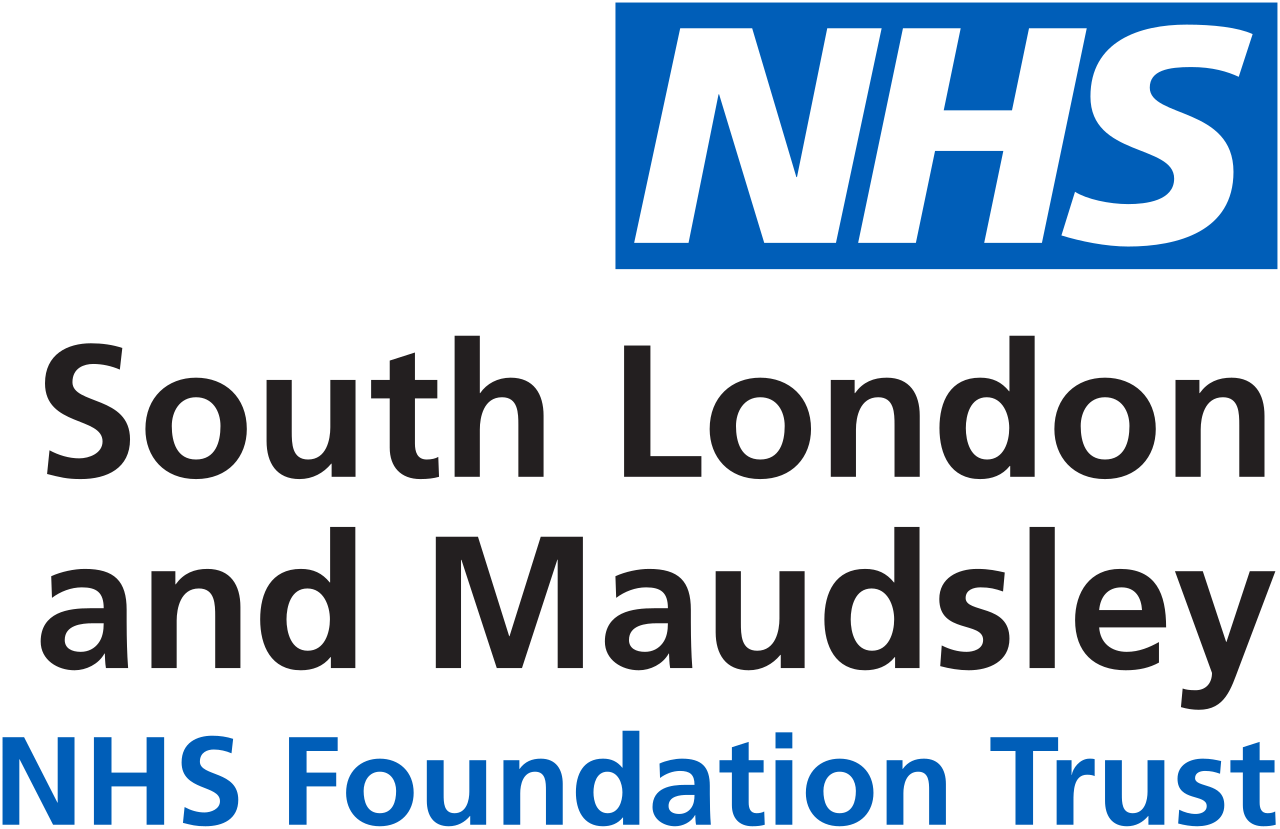QUEST follow-up study | C4C
We are proposing to use CRIS to recruit participants to pilot measures for QUEST follow-up study, which is longitudinal study of children with autism spectrum disorder (ASD). ASD is a severe and lifelong developmental disability affecting about 1% of children and characterized by pervasive impairments in social communication and stereotyped and restricted interests. In addition to these core symptoms, 70-90% of young children with ASD have significant additional psychiatric disorders that impair their everyday functioning and reduce quality of life for themselves and their families. In 2007-2008 our team recruited 277 families from two London health districts (Lewisham and Bromley) with children aged 48 years diagnosed with ASD (the “QUEST” study). We ascertained the prevalence, severity, impact and pervasiveness of a wide range of emotional and behavioural problems by parent and teacher report. Parents reported an overall prevalence of emotional and behaviour problems of more than 70%, including hyperactivity and inattention, fears and worries, oppositional behaviour and rages, sleep problems, sensory problems and self-injury. Teachers reported similar rates. However, research shows that only ~20% of these children are expected to go on to develop severe and often entrenched maladaptive behaviours problems so severe that they jeopardize the core elements of ordinary childhood experience: living with their families, attending local schools and participating in community activities. Relatively little is known about the factors that predict which children will go on to develop severe maladaptive behaviour. This is an important clinical and public health question because early identification would allow professionals to target resources and interventions to the most needy children and families. Therefore in this current study we wish to followup the QUEST children now that they are aged 10 to 14 years old to identify the personal, family and wider environmental risk/protective factors that later predict severe maladaptive behaviour in adolescence. We will then further follow these children up again in two years’ time to determine which children have persistent severe maladaptive behaviour and to determine which factors were predictive. We are looking now for children with ASD aged 10 to 14 to pilot some measures, including play based assessments and computer tasks.

